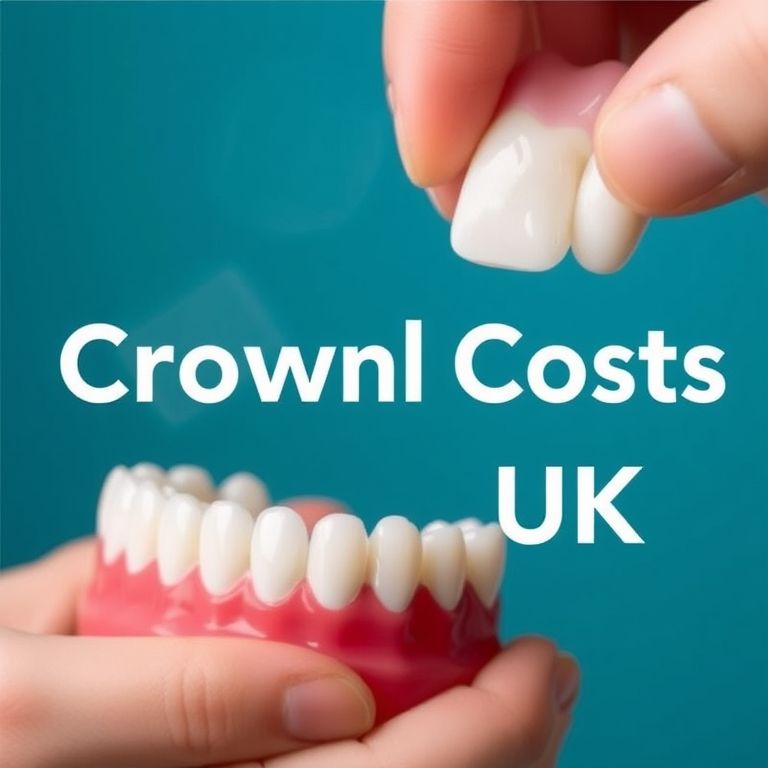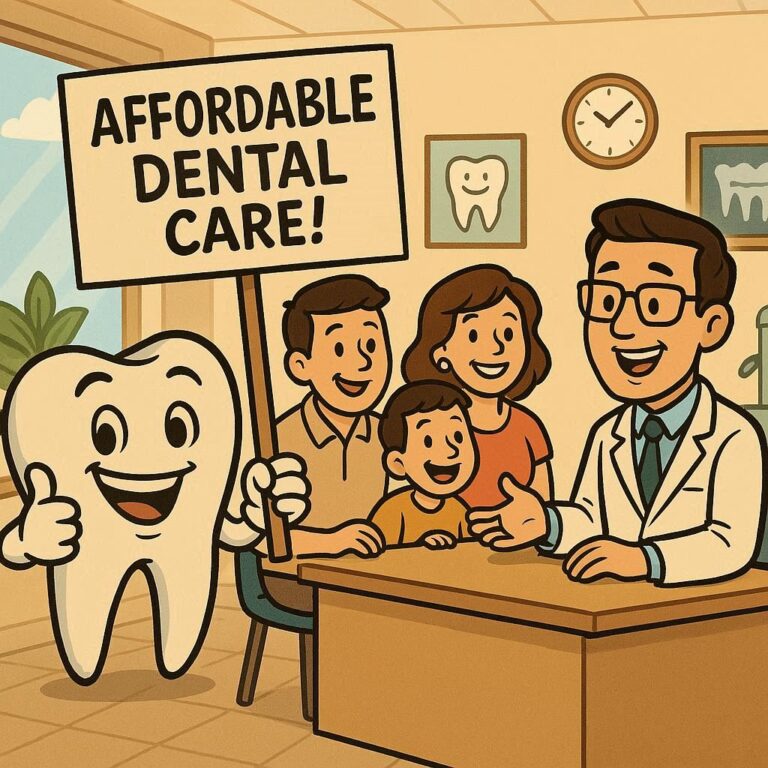The Average Cost of a Dental Crown with Insurance: A Comprehensive Guide
Dental crowns are a common restorative procedure used to repair damaged, decayed, or aesthetically imperfect teeth. While crowns are essential for maintaining oral health, their cost can be a significant concern for many patients—especially when navigating insurance coverage.
The average cost of a dental crown with insurance can vary widely depending on factors such as the type of crown, your insurance plan, and your dentist’s pricing. This guide will break down everything you need to know about dental crown costs, how insurance impacts pricing, and strategies to minimize out-of-pocket expenses.
Whether you’re preparing for a crown procedure or simply exploring your options, this article will provide in-depth insights to help you make informed decisions.

2. What Is a Dental Crown?
A dental crown is a tooth-shaped cap placed over a damaged tooth to restore its shape, size, strength, and appearance. Crowns are used in various scenarios, including:
-
Severe tooth decay that cannot be fixed with a filling
-
Cracked or broken teeth needing reinforcement
-
After a root canal treatment to protect the tooth
-
Cosmetic enhancements for discolored or misshapen teeth
Crowns can be made from different materials, each with its own cost implications, which we’ll explore next.
3. Types of Dental Crowns and Their Costs
The cost of a dental crown varies significantly based on the material used. Below is a breakdown of the most common types:
| Type of Crown | Average Cost (Without Insurance) | Pros | Cons |
|---|---|---|---|
| Porcelain-Fused-to-Metal (PFM) | $800 – $1,500 | Durable, natural appearance | May show a metal line over time |
| All-Ceramic / All-Porcelain | $1,000 – $2,500 | Best aesthetics, metal-free | Less durable than metal crowns |
| Gold Crowns | $900 – $2,500 | Extremely strong, long-lasting | Highly visible, not aesthetic |
| Zirconia Crowns | $1,000 – $2,500 | Strong, natural look, biocompatible | More expensive than PFM crowns |
| E-Max (Lithium Disilicate) | $1,200 – $2,800 | Highly aesthetic, strong | Cost-prohibitive for some patients |
With insurance, patients typically pay 20% to 50% of these costs, depending on their plan.
4. How Dental Insurance Affects Crown Costs
Dental insurance plans categorize crowns under major restorative procedures, meaning coverage is usually 50% to 80% of the cost after meeting your deductible.
Key Insurance Terms to Know:
-
Deductible: The amount you pay before insurance starts covering costs (typically $50–$100 per year).
-
Annual Maximum: The highest amount your insurance will pay in a year (often $1,000–$1,500).
-
Waiting Period: Some plans require a 6–12 month waiting period before covering crowns.
5. Average Cost of a Crown with Insurance
While out-of-pocket costs vary, here’s an estimate:
-
With 50% coverage: If a crown costs $1,200, you pay $600.
-
With 80% coverage: You pay $240 for the same crown.
-
If you haven’t met your deductible: You may pay the full cost upfront.
Example Scenario:
-
Total Crown Cost: $1,500
-
Insurance Covers 70%: $1,050
-
Your Cost: $450
6. Factors Influencing the Cost of Dental Crowns
Several factors can increase or decrease your final cost:
✔ Geographic Location (Urban areas are more expensive)
✔ Dentist’s Experience (Specialists charge more)
✔ Material Used (Porcelain vs. gold)
✔ Additional Procedures Needed (Root canal, buildup)
7. Insurance Coverage: What’s Typically Included?
Most PPO plans cover crowns at 50–80%, while HMO plans may have lower copays but fewer dentist choices. Some policies exclude cosmetic crowns unless medically necessary.
What’s Usually Covered:
✅ Crowns for broken or decayed teeth
✅ Crowns after root canals
✅ Some coverage for implants (if medically needed)
What’s Usually NOT Covered:
❌ Purely cosmetic upgrades
❌ Crowns on teeth with pre-existing conditions (if waiting period applies)
8. Out-of-Pocket Expenses Even with Insurance
Even with insurance, you may face extra costs:
-
Lab fees (if outsourced)
-
X-rays and exams (sometimes billed separately)
-
Non-covered materials (e.g., premium zirconia)
9. How to Maximize Your Insurance Benefits
-
Check your annual maximum and plan treatments accordingly.
-
Ask about in-network dentists to reduce costs.
-
Pre-authorize the procedure to avoid claim denials.
-
Consider a dental discount plan if insurance is insufficient.
10. Alternatives to Traditional Crowns
If a crown is too expensive, consider:
-
Dental bonding (for minor damage)
-
Veneers (for front teeth)
-
Temporary crowns (short-term solution)
11. FAQs About Dental Crowns and Insurance
Q: Will insurance cover a crown if it’s for cosmetic reasons?
A: Usually not, unless the tooth is also structurally damaged.
Q: How long do crowns last?
A: 5–15 years, depending on material and care.
Q: Can I get a crown in one visit?
A: Some dentists offer same-day CEREC crowns, but traditional crowns take 2 visits.
12. Conclusion
The average cost of a dental crown with insurance ranges from $300 to $1,200, depending on coverage and materials. Understanding your insurance plan, choosing the right crown type, and working with an in-network dentist can significantly reduce expenses. Always verify coverage beforehand to avoid surprises.


